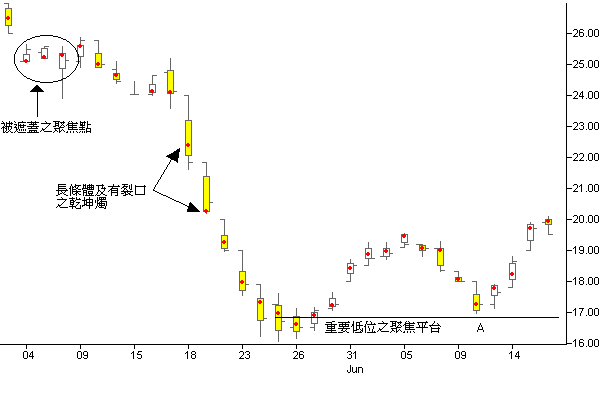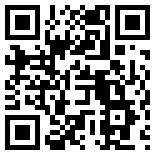|
Prosticks Articles
蘋果日報 - 6月18日
善用聚焦點增準確度
我們在前兩篇和幾個不同場合講解了乾坤燭聚焦點的重要性
及其預測走勢的應用方法,讀者及朋友們都認同在推算阻力位及支持位方面,聚
焦點確比其他傳統指標優勝。但疑問是,每支燭身都有一個聚焦點,怎樣才知道
哪些聚焦點有用,哪些可以不必理會?
其實在現階段,乾坤燭圖只是一個增加了解市場交易資訊的
圖表系統,這些前所未有的重要資訊肯定會對技術分析理論有新的衝擊及作用。
雖然多數圖表用家都會有自己一套技術分析理論或策略,但在聚焦點應用方面,
根據我們的經驗與觀察,是有幾項基本性的應用理論。因每個人的觀察及經驗都
不同,當然我們最期望讀者能發掘及鑽研一套適合自己的聚焦點應用方法。
密集區預示爭持烈
根據我們的研究,有以下幾種特徵的聚焦點現象比較會影響
價位未來走勢,值得注意。
1. 在主要高位或低位的聚焦點重要性極大。主要高低位即
是價位經一段較長上升或下降趨勢後掉頭,在此位的聚焦點代表反方力量開始
超越另一方。
2. 由多個聚焦點而成的聚焦點密集區力量很大。聚焦點密
集在差不多相同價位代表市場好淡爭持,形成有大量成交之好倉及淡倉,當將
來價位再到此水平時,這些大盤會再出現。
3. 當有裂口之乾坤燭的聚焦點對將來價位走勢有一定影響
。裂口式開市表示有大量甚至過度資金入市,此位會是將來的阻力或支持點。
在乾坤燭裏,不相交的活躍區實体己當作是裂口。
留意價位靈活部署
4. 長條燭体的聚焦點也很重要。長條當天代表在現價位水
平好淡雙方比往日更激烈過招交手,導致波幅較平日大,當將來再到此位時,
歷史可能重演。
5. 如以上所述的或其他的聚焦點被將來新出現的聚焦點遮
蓋過,前者的重要性會減弱或喪失。
其實走勢支持位或阻力位的真正意義視乎價位到達時的表
現情況,例如當價位試圖穿破支持位而不成功時,當會反彈。但一旦真的穿破
,此位便變成沒有了支持,跌勢會持續,直至另一支持位,各位應謹慎留意價
位到達支持阻力位時的表現而作靈活的部署。

附圖為數碼通(315)乾坤燭圖,此圖解釋及反映了以上聚焦
點的應用,尤其要留意是股價在A時受到重要低位聚焦點平台的支持而反彈
| 

